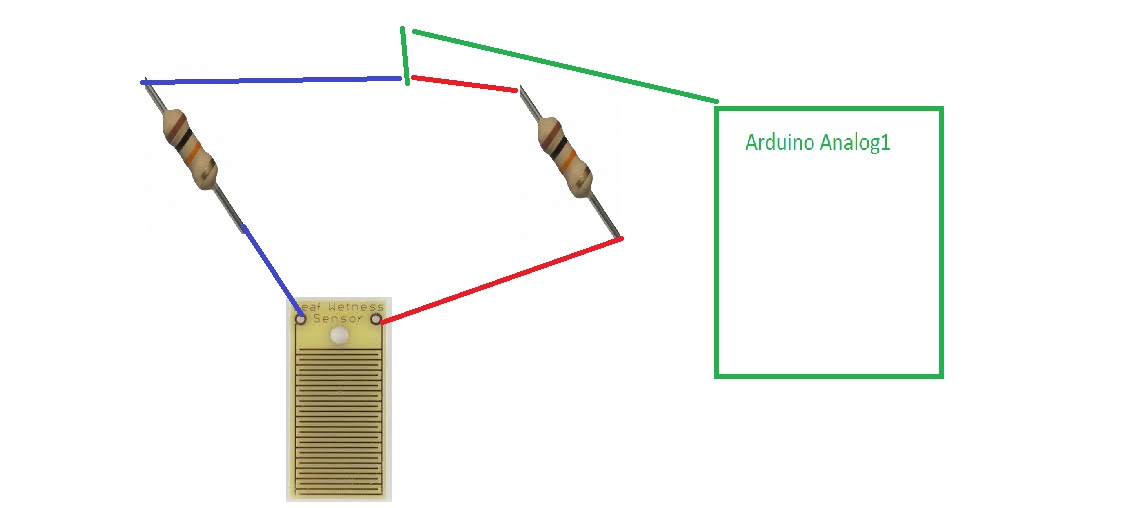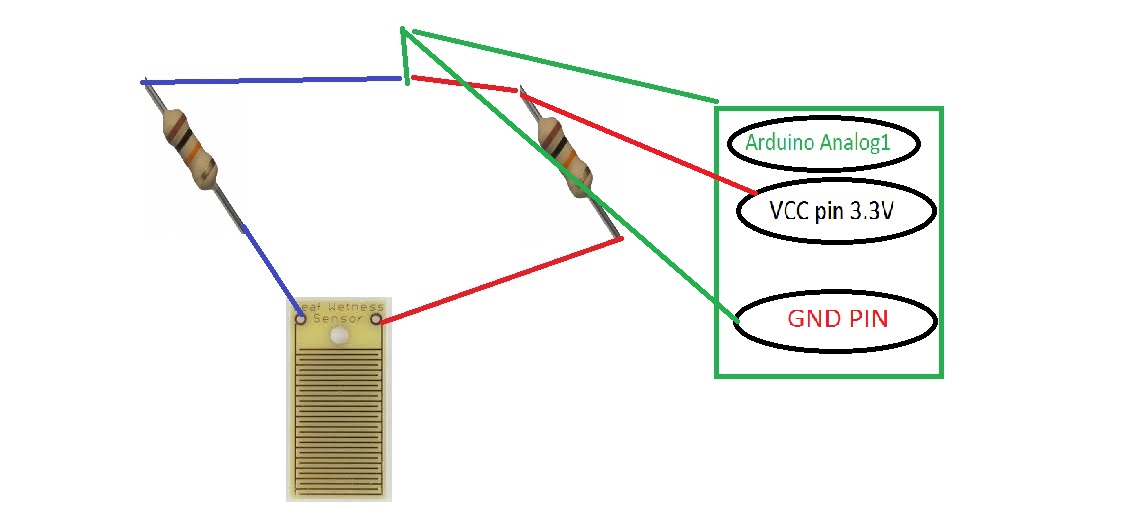Leaf Wetness
-
@epierre any idea why your sensor lasted this short?
How often did it report its value to the gateway? Was it sleeping in between? Any other sensors connected?@Yveaux several ideas:
- it reported every 10000
- it has no other sensor (this was my first try on batteries...)
- I had an AMS1117 in entry but I didn't needed it
- I haven't hacked the 3.3V core with the websites @a-lurker ideas
I'm waiting for the batteries from my other post because using so fast batteries is not environment friendly...
Has there been simulation of energy usage for those arduini ? e.g. for a spark core it isadvertized at 500mW
-
I've finally received from cooking hacks the leaf wetness sensor board that should be better than the one from china...
It is the one from hobby boards:

I guess I can recycle the lectronic from the cheap one on this one ?
-
yes it is, from the hobby board site it is $2, but it is a quarter the china's size.
sorry I missed your point, it is gold plated, immersion gold.
-
Ok, so I made some adjustments from my last try:
- hobbyboard immersion gold sensor
- I kept the comparator from the other sensor to facilitate work with the arduino
- I've added a 18650 LiOn battery (5000mAh) to have an extended life cycle
Here is the sketch:
https://github.com/empierre/arduino/blob/master/LeafWetnessSensor.inoWhat I can say, is that it is very sensitive. It is now outside live in the cold.
This could be used for a leak sensor easily.
-
so my 5000mAh lasted outside... 4 days... btw I didn't remove all leds from the comparator that could be an improvement and the outside weather is quite cold.
I had a reading every 30 secs, way to quick surely...
@hek is there a way to power the radio only when necessary ? I guess the gw.sleep could be a gw.sleep and a gw.wakeup and manage the delay outside ?
-
so my 5000mAh lasted outside... 4 days... btw I didn't remove all leds from the comparator that could be an improvement and the outside weather is quite cold.
I had a reading every 30 secs, way to quick surely...
@hek is there a way to power the radio only when necessary ? I guess the gw.sleep could be a gw.sleep and a gw.wakeup and manage the delay outside ?
-
gw.sleep() sleeps the radio as well. What do you mean by power down radio? Like cutting power using digital pin?
@hek said:
gw.sleep() sleeps the radio as well. What do you mean by power down radio? Like cutting power using digital pin?
yes, now you combine sleep for the radio and delay, what I mean is to have loop() run without radio, and if a transmission is needed to have a command that power it.If you have a long dry period, a device on battery will consume a lot of power having the radion on and off, if it is always off until a sensor finds something, that would save more power, no ?
-
Wake only on interrupt?
-
In my idea, a value above 0 would mean sending the info, an interrupt could be generated this way ?
-
Hey,
I am a newbie (in the forum) and in the arduino/sensors development. I bought the Leaf Wetness from cooking-hacks.com. Can I connected it to my Arduino via Analog input? Is it easy? -
Hey,
I am a newbie (in the forum) and in the arduino/sensors development. I bought the Leaf Wetness from cooking-hacks.com. Can I connected it to my Arduino via Analog input? Is it easy?@elisavetgrig Welcome to the forum. The answer is yes to both questions. Given that the sensor is a resistive element, you need to build a voltage divider. Google "voltage divider" Arduino and you'll find lots of examples.
Cheers
Al -
Measuring the current with DC doesn't seem to be the ideal solution:
thread -
Measuring the current with DC doesn't seem to be the ideal solution:
thread@FotoFieber That thread is regarding soil moisture measurements which is different than leaf wetness. For soil, capacitive is the best way to go IMHO.
Cheers
Al -
-
ok...Thank you... I will try the "voltage divider" and I will see what will happen!
-

-
Did you mean something like the figure above? Or I only need to connect one resistor to one wire and the other wire to another pin in the Arduino?
-
Did you mean something like the figure above? Or I only need to connect one resistor to one wire and the other wire to another pin in the Arduino?
@elisavetgrig You're missing the connections to a voltage source and ground. You also only need one resistor as the wetness sensor is the 2nd resistor in the voltage divider circuit. Take a look at this: http://homepage.cs.uri.edu/faculty/hamel/workshops/as220-sept-09/sensors-voltage-dividers.html.
Cheers
Al -
You are right! I thought that I missing something... always there are Data connection, VCC connection and GND.. and I had only one! I made another dummy scheme... Is that better?

